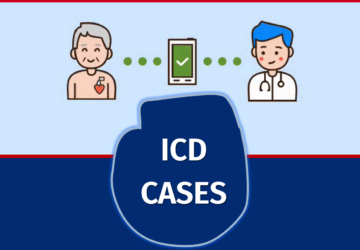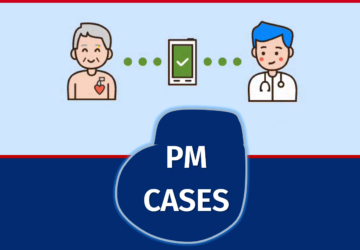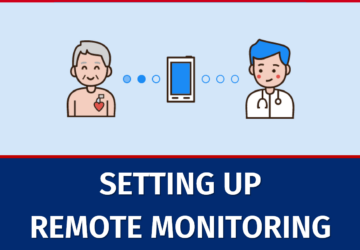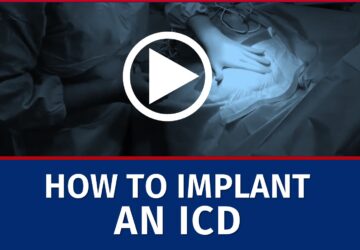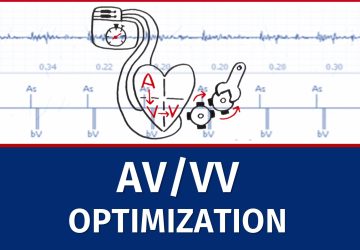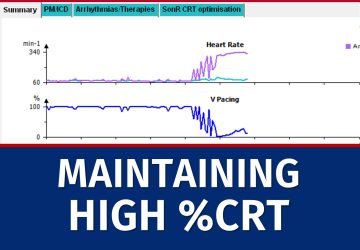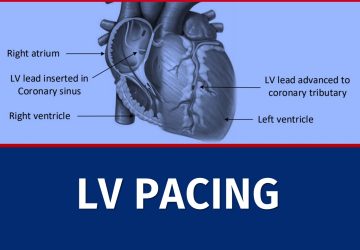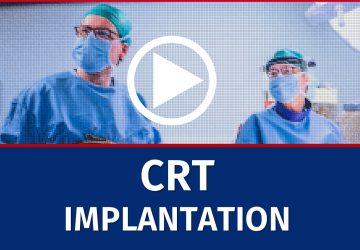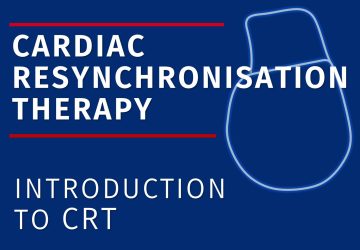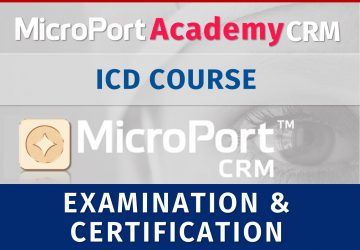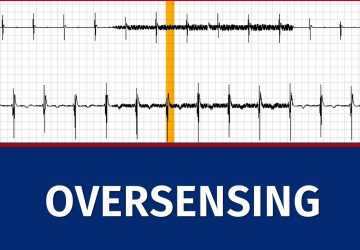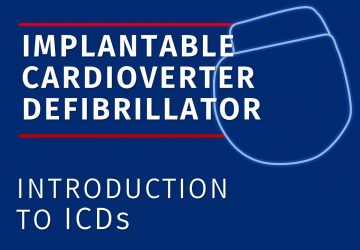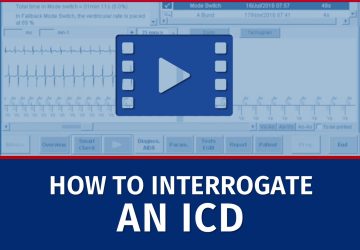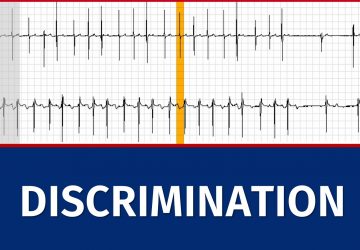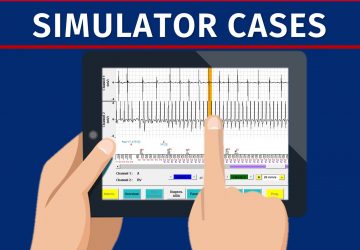In this course, we will share some remote monitoring cases of patients with CRT devices..
In this course, we will share some remote monitoring cases of patients with ICDs.
In this course, we will share some remote monitoring cases of patients with pacemakers.
In this course, we will show you how to connect your patient to remote monitoring.
In this course, we will introduce you to remote monitoring. We will show the benefits from the ever growing evidence and discuss the recommendations.
Here we show you how to implant an ICD.
Ready for the CRT exam? When you succeed, you will be able to download a personalized certification! The exam consists of 10 CRT questions. When you have a score of at least 50%, you will be able to download your personal certificate on this page.
In this course we will present why AV/VV programming is important and how it is automatically performed in MicroPort CRT devices.
CRT is a therapy which needs to be continiously applied. A decrease in percentage of biventricular pacing (%CRT) must be resolved before the therapy looses its efficacy and the patient becomes symptomatic. Here we present some cases where %CRT is in jeopardy and we discuss how to resolve this important issue.
The left ventricular (LV) lead is key to CRT and its proper functioning is essential. In this course, we will learn how to evaluate an LV lead and perform troubleshooting.
In this video course, we will show how to perform interrogation of a proper fonctioning CRT device. In the following chapters, troubleshooting will be discussed using several cases.
In this video course, we will show how a CRT device is implanted.
In this course, we will introduce you to cardiac resynchronisation therapy (CRT). We start of with pathophysiology of electrical asynchrony, then the indications for CRT implantation are discussed, followed by ECG and X-ray cases.
Ready for the ICD exam? When you succeed, you will be able to download a personalized certification! The exam consists of 10 ICD cases. When you have a score of at least 50%, you will be able to download your personal certificate on this page.
Oversensing of physiological or non-physiological events may cause the ICD to suspect true ventricular arrhythmia which can lead to inappropriate therapies. In this chapter we will show examples of oversensing and propose solutions on how to overcome them.
In this course, we will introduce you to implantable cardioverter defibrillators (ICDs). Implantable defibrillators have been used in patients for >30 years. The majority of ICDs use transvenous leads inserted predominantly into the right ventricile for both pacing (distal tip) and for defibrillation (intracavitary coil or coils). Most clinical trials supporting the use of ICD […]
In this video series we discuss step-by-step how to interrogate and program a MicroPort ICD.
The Microport defibrillator algorithm continually evaluates the criteria explained in the following paragraphs as soon as a ventricular cycle is detected in the Tachy/VF zone. Depending on the combination of criteria defined by the physician, some of these criteria will be taken into account in order to establish a classification (diagnosis) that will need to […]
Check our our ICD simulator cases. You need to nagivate around the programmer screen in order to solve the questions!




